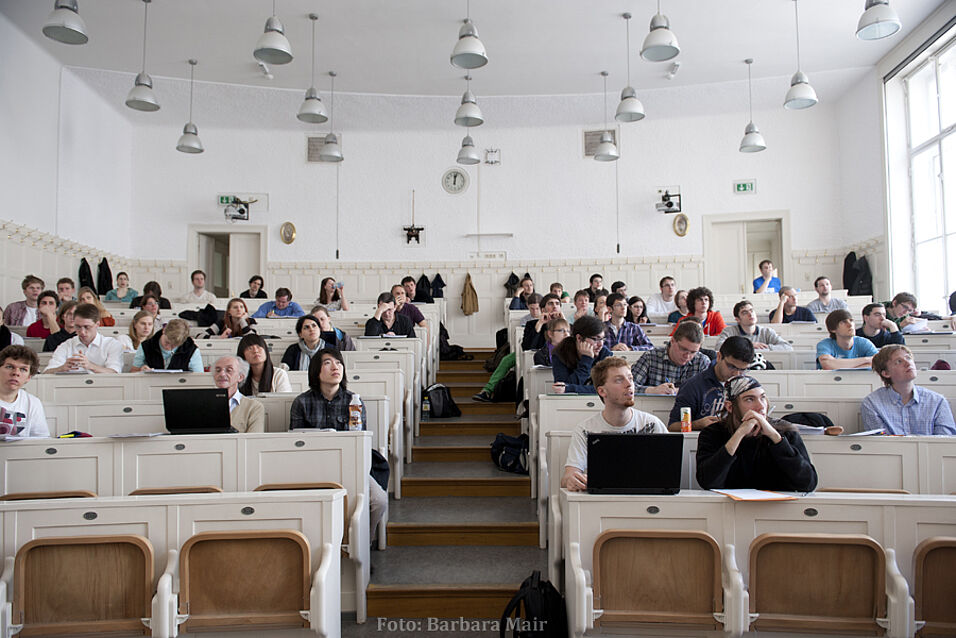Expanding the level of control over electrons is of highest interest given the almost ubiquitous nature of this fundamental, charged particle, be it inside of conducting materials or in free space. In this presentation, we will show a number of experimental results in this direction, with an emphasis on the fundamentally new level of control over electrons, namely of quantum coherent nature.
Electrons inside of the conducting material graphene, the atomically thin arrangement of carbon atoms, are well suited to be addressed optically, given that screening is almost absent because of the geometry of the material. With fields in excess of 1 V/nm, we observe a transition from the photon-driven current excitation regime to the strong-field regime. Here, repeated coherent Landau-Zener transitions take place that govern the dynamics, which is known as Landau-Zener-Stückelberg interferometry [1].
In photoemission from sharp needle tips we observe two-colour coherent control over the emission current based on quantum path interference. With an admixture of a few percent second-harmonic light, we can almost fully turn off, or enhance by a factor of 4, the emission driven by the fundamental field, yielding a contrast in excess of 98%. This surprisingly large quantum coherent effect, larger than in any other hitherto observed material class including gas-phase atoms, is not fully understood and bears promise for insights into coherence effects inside and at the surface of solids [2]. Similarly, we could record the focal phase of pulsed laser beams [3].
With free electrons in the vacuum, we have demonstrated a Paul trap for slow (eV-level) electron beams. Because of the electron’s large charge-to-mass ratio, the driving frequencies for stable confinement preferentially lie in the GHz region, the regime of microwave transmission line and waveguide technology. Based on planar surface-electrode microwave chips, we have demonstrated beam splitting of an electron beam in the energy range of 1 eV [4] to, more recently, more than 100 eV. While evidence for coherent beam splitting has yet to be provided, this could represent the first amplitude beam splitter for electrons – the analogue of a semi-transparent mirror in light optics. Together with electron resonators, this will open the field of free-electron quantum optics. While the concepts are well known from (and have been pioneered in Vienna with) photons, we will give an outlook on potentially revolutionary applications, such as quantum-optimal, hence damage-reduced, imaging with electrons and “interaction-free” measurements.
Last, we will briefly show the status of a photonics-based and laser-driven electron accelerator on a chip, with demonstrated gradients already two orders of magnitude larger than in nowadays particle accelerators, as well as the first demonstration of the longitudinal Kapitza-Dirac effect [5].
[1] Higuchi, Heide, Hommelhoff, Nature 550, 224 (2017)
[2] Förster, … Lemell, Wachter, Libisch, Madlener, Burgdörfer, Hommelhoff, PRL 117, 217601 (2016)
[3] Hoff, Krüger, Maisenbacher, Sayler, Paulus, Hommelhoff, Nature Physics 13, 947 (2017)
[4] Hammer, Thomas, Weber, Hommelhoff, PRL 114, 254801 (2015)
[5] Kozák, Eckstein, Schönenberger, Hommelhoff, Nature Physics, doi:10.1038/nphys4282 (2017)

